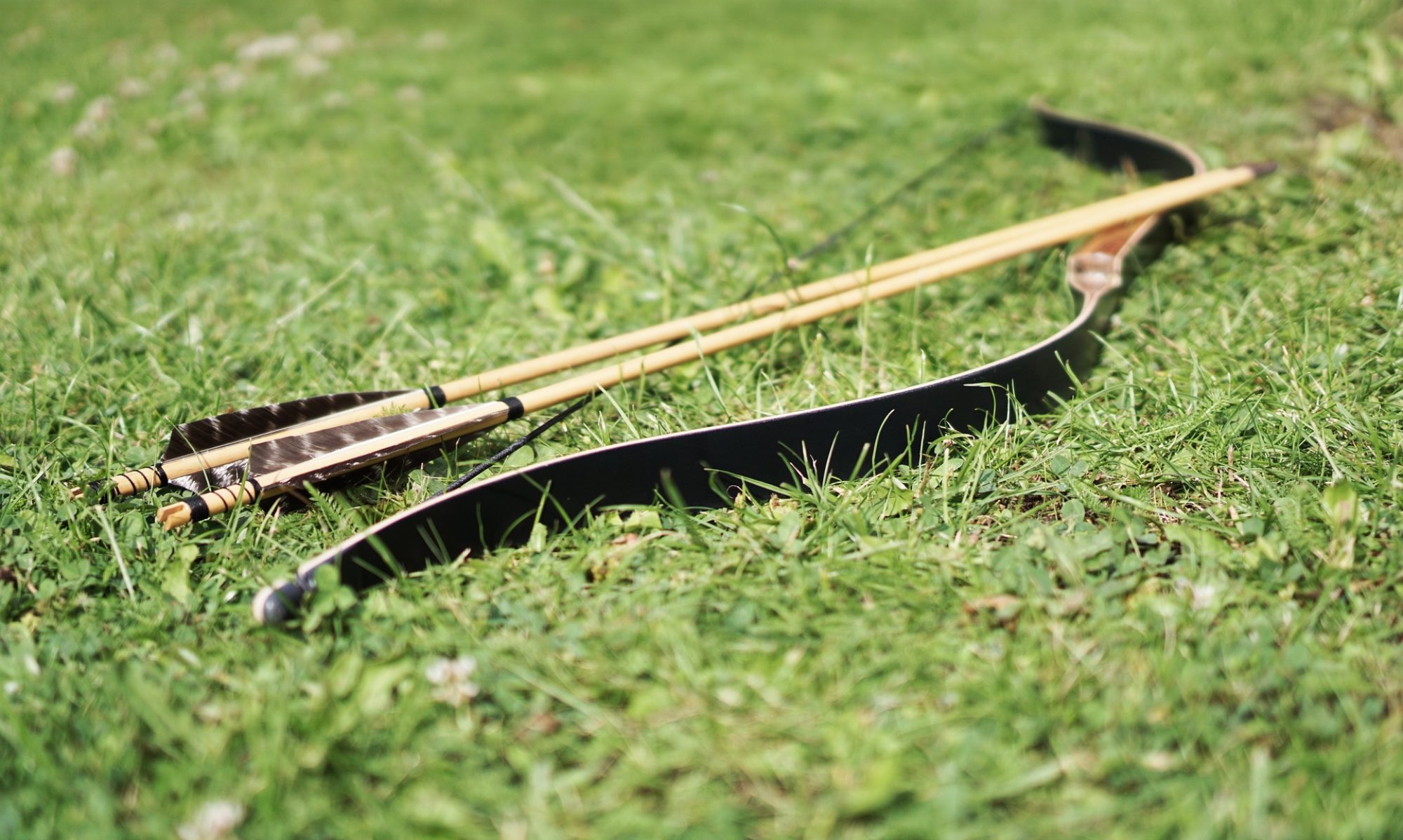“…he should, after mastering all this, shoot at a mark on his own and persevere until he attains a high proportion of accurate shots.” – Ṭaybughā
FINALLY! We talk about Sighting (aiming). This is a vastly complex topic tackled by a great many authors through the years that we will only just scratch the surface of here. Even Ṭaybughā discusses several ways to accomplish it and different ways to train the eyes, but since there is one method he recommends above all others that will be the one featured here.
Remember that by this point you will have loosed hundreds if not thousands of arrows with both eyes open so you’ll already have an instinctive sense of sending arrows to a reasonably consistent place in that way. The focus now of Sighting is to arm you with tools to hone and refine those instincts in order to develop aim and accuracy. A key reason we recommended very early on that you keep both eyes open while Loosing is because depth perception is necessary for quickly estimating range and properly leading moving targets. The second and most critical reason is because Ṭaybughā’s “excellent method [that is] most accurate and the least confusing” absolutely depends on it.
Let’s get to it. Stand at the line before a marked target set at 20 yards. Gather a number of arrows and tuck them into your belt. Grasp and raise your bow using both eyes to align the knuckles of your Grasping hand roughly with the midline of your target. Pick up an arrow and Nock it. If you are Nocking and Locking properly, your Grasping hand is already nearly fully extended before you. You will have a sight picture very similar to the image below.

Note how the target is aligned to the left of the grip. This is called “aiming outside the bow” meaning the mark lies outside a space demarcated by the body of the bow and its string. The reason for this is due to the offset between the left eye and the anchor point of the Draw hand.
To Sight correctly, lock both eyes on the mark and focus on getting the left eye to line the arrowhead up on your target as shown. The view of the right eye may be partially obscured by the limb of the bow and that is OK (this will depend on the distance to the mark).
Begin your Draw. While Drawing, keep the left eye focused on the target. When about 2/3 Draw is reached, the arrowhead will disappear from view behind the grip. Keep your Grasp arm steady. Use your right eye to watch for the arrowhead to reappear on the right side of the arrow pass. Once the arrow is at full Draw, let it fly. Follow your arrow to the mark and make adjustments as needed.
Practice at different distances and learn how atmospheric conditions affect the flight and accuracy of your arrows. “Persevere” as Ṭaybughā’s urges. If you have gone through the guide step-wise, Sighting should feel almost intuitive since your body mechanics are so solid and steady by this point that adding a target seems almost trivial.
As long as this journey may have been so far, for Mamelukes, hitting their mark was only the beginning! Continue on to the Summary for a taste of where this adventure can take you…
Loosing VI (flight refinement) – Sighting – Summary and Tests
